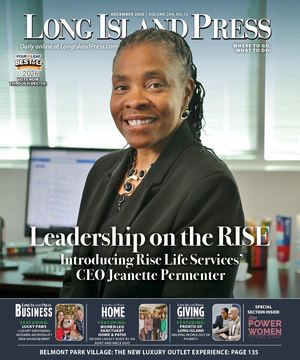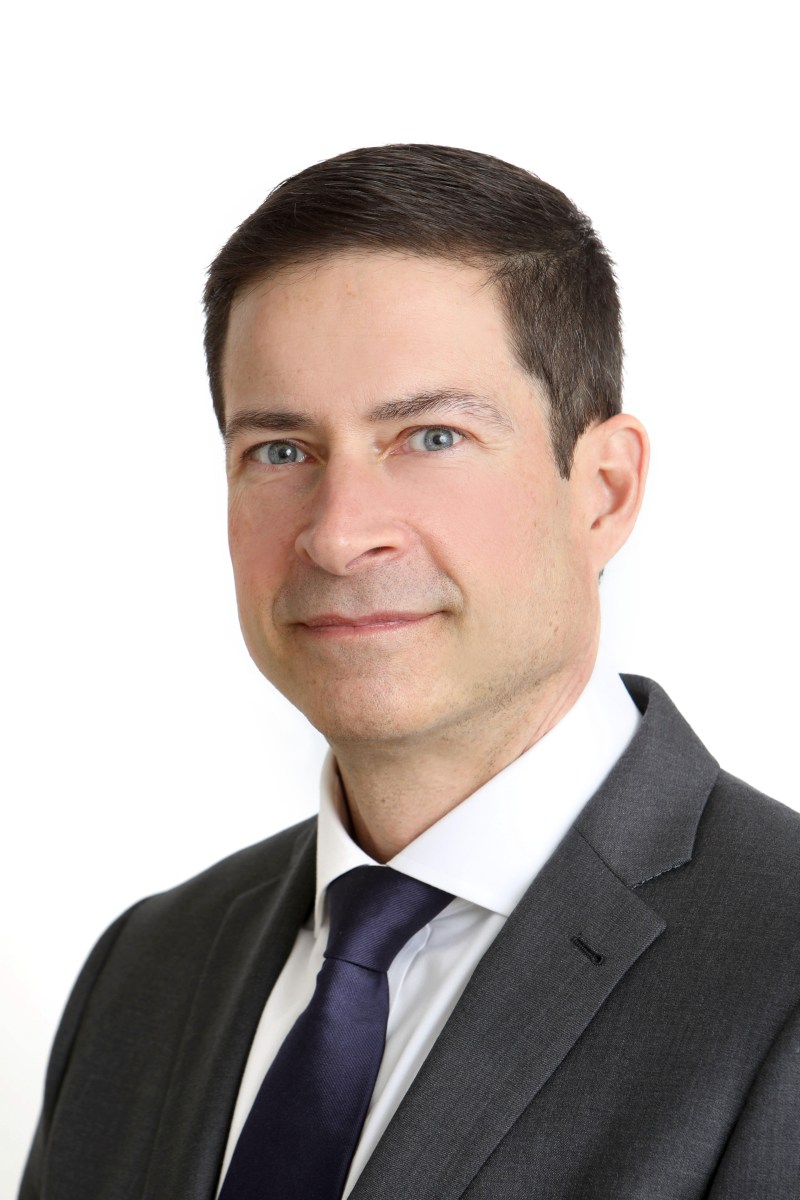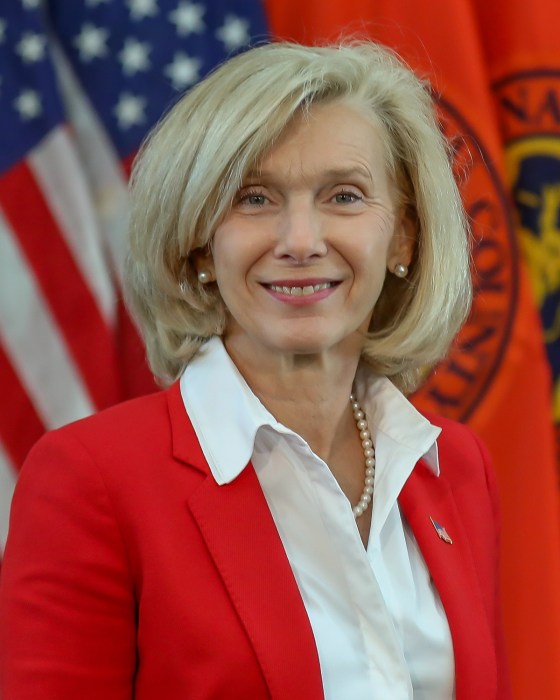The class of 2025 is beginning to make its mark on the global economy. According to BofA Global Research, in roughly the next five years, Gen Z will have accumulated $36 trillion in income globally, and that figure is expected to rise to $74 trillion by 2040.
Gen Z is likely to be among the most disruptive generations to economies, markets, and social systems. These are some tips for the graduates from the Class of 2025.
- Use digital tools to help establish your financial goals. Budgeting, especially as a young person just graduating school, can feel overwhelming. If you don’t feel like you have a grasp on where your money is going, digital capabilities can help you manage your finances – from providing a weekly snapshot of month-to-date spending to flagging recurring charges so you know when to take action and cancel a subscription. Having this detailed knowledge of your finances right at your fingertips is invaluable as you navigate budgeting and building wealth for years to come.
- Build a budget that includes both saving and investing. When making the transition from college student to a young professional, there are many new expenses that grads will need to account for: rent, utilities, car payments, student loan payments, health and car insurance, etc. With the money left over, it’s important to strike a balance between treating yourself and saving or investing for your future. Approaching savings as a “bill” like the others can help accelerate progress toward long-term financial goals. This could mean regularly depositing money in a savings account or making contributions to an IRA or 401(k) plan.
-
- Pro Tip: The appropriate monthly savings amount varies by situation, but an easy strategy to get you started is the 50/30/20 method: 50% of your after-tax income should cover needs (rent, groceries, student loan payments, etc.), 30% should go to wants, and 20% should go into savings. These percentages can be adjusted as needed, but I generally advise first-time budgeters to build their budget structures accordingly.
- Establish an emergency fund: Emergency funds are financial safety nets that are meant to be used, as the name implies, in case of an emergency – whether you need to replace your brakes, your apartment floods, you have a medical emergency, etc. Life is unpredictable and often throws us curveballs, so doing what you can to prepare, like building an emergency fund, is one way to get ahead of those surprises. Start small and build your fund over time – your future self will thank you.
- Manage student loans. Learning how to manage debt, like student loans, along with all of your other financial commitments, is a large part of maintaining good financial health. To help manage your student loans, make a list of all your debts – including their interest rates and monthly payment dates – so you can prioritize and figure out the best payment strategy that works with your budget. As you advance in your career and your budget changes, make sure to revisit your payment plan so you can increase your monthly payment if you’re able. This could help reduce the interest paid over the life of your loan, so it will be paid off sooner. Additionally, some employers offer student loan repayment assistance, so check with your company’s HR department to see if they can offer any help.
- Take advantage of your employee benefits. Many employers offer a retirement savings program, like a 401(k) plan, which you can set up to automatically withdraw from your paycheck each month. Your employer may even offer matching opportunities so you can save even more toward your retirement. If that’s the case, make sure you’re contributing as much as necessary to receive the full employer match. Additionally, if your employer offers it, you should invest in a Health Savings Account (HSA) for a triple-tax advantage that will help with healthcare costs down the road. You can open and contribute to an individual HSA, but by opening one through your company, both you and your employer may contribute to an employee HSA.
Kevin Cunningham is region executive for Consumer Banking and Investments in Long Island for Merrill Wealth Management, a Bank of America company.

































